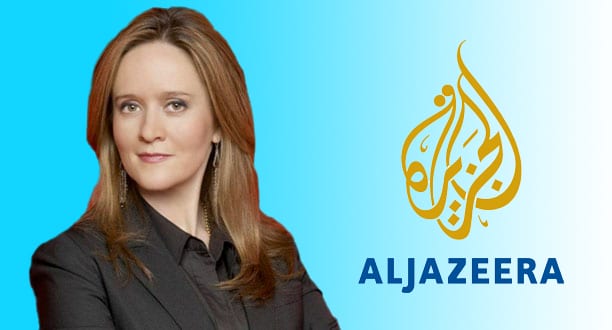
Al Jazeera English has produced a remarkable interactive network map that identifies much of the Syrian regime and its network of supporters — from senior military officials (generals and colonels) and members of parliament to diplomatic officials and ruling family members. It tracks those who defect or die, marked by various node colors, but also keeps a running tally in chart form below this tool.
Clicking on the individual nodes, which can be zoomed to, provides information about the person it signifies. The profiles of the defectors and the recently departed include details and sometimes embedded news clips about their highlighted fate.
Unlike a network analysis map, however, the relations between the individuals themselves are not depicted and distance within the clusters are not informative. Rather they are clustered into identifiable groups, such as Cabinet, Parliament, Security and Senior Military, Diplomats and Family, with Bashar al-Assad at the center.
Not all key pillars of the regime are accounted for in this tool. Bassam Haddad has also pointed to a co-opted business elite that bolsters the regime. Their defections, sometimes as entire families or splintered ones, can prove just as damaging as those within the internal clusters choose exit over complicity. Perhaps the business elite overlap with Parliament, anyways.
I have to say that despite this regime’s excessive cruelty, watching the color coding of deaths makes it feel like a spectator sport. And if this was used as some sort of tool for the planning of attacks, it would raise journalistic ethical questions. In the midst of an internal bloody war, though, I count on the rebels having their own network maps with more precision and actionable details. And I am sure plenty of the interested and meddling foreign powers are providing much more intelligence than we see on this page.
Nevertheless, this is a useful tool for Syria observers as a graphic representation of a corrupt and decrepit political infrastructure struggling to live to see another oppressive day. As the webpage cautions users, verifying defections and even deaths can prove difficult. The regime boots out critical journalists and keeps a tight lid on information contrary to its interests. This service gives us non-partisans a barometer of a conflict that has already gone on for too long and with too much human cost. The regime’s stubborn insistence to go on with business as usual has been a decision made with the willingness to sacrifice their country.
The information in the map may not change things on the ground much, but any application that sheds more light on what’s happening there is welcome.
Finally, it should be noted that AJE has the assistance of an organization Movements.org founded by Jared Cohen, the former State Department official and Director of Google Ideas, Jason Liebman, CEO and co-founder of Howcast, and Roman Tsunder, co-founder of Access 360 Media. It’s About webpage describes itself as “a non-profit organization dedicated to identifying, connecting, and supporting grassroots digital activists from around the world.”



